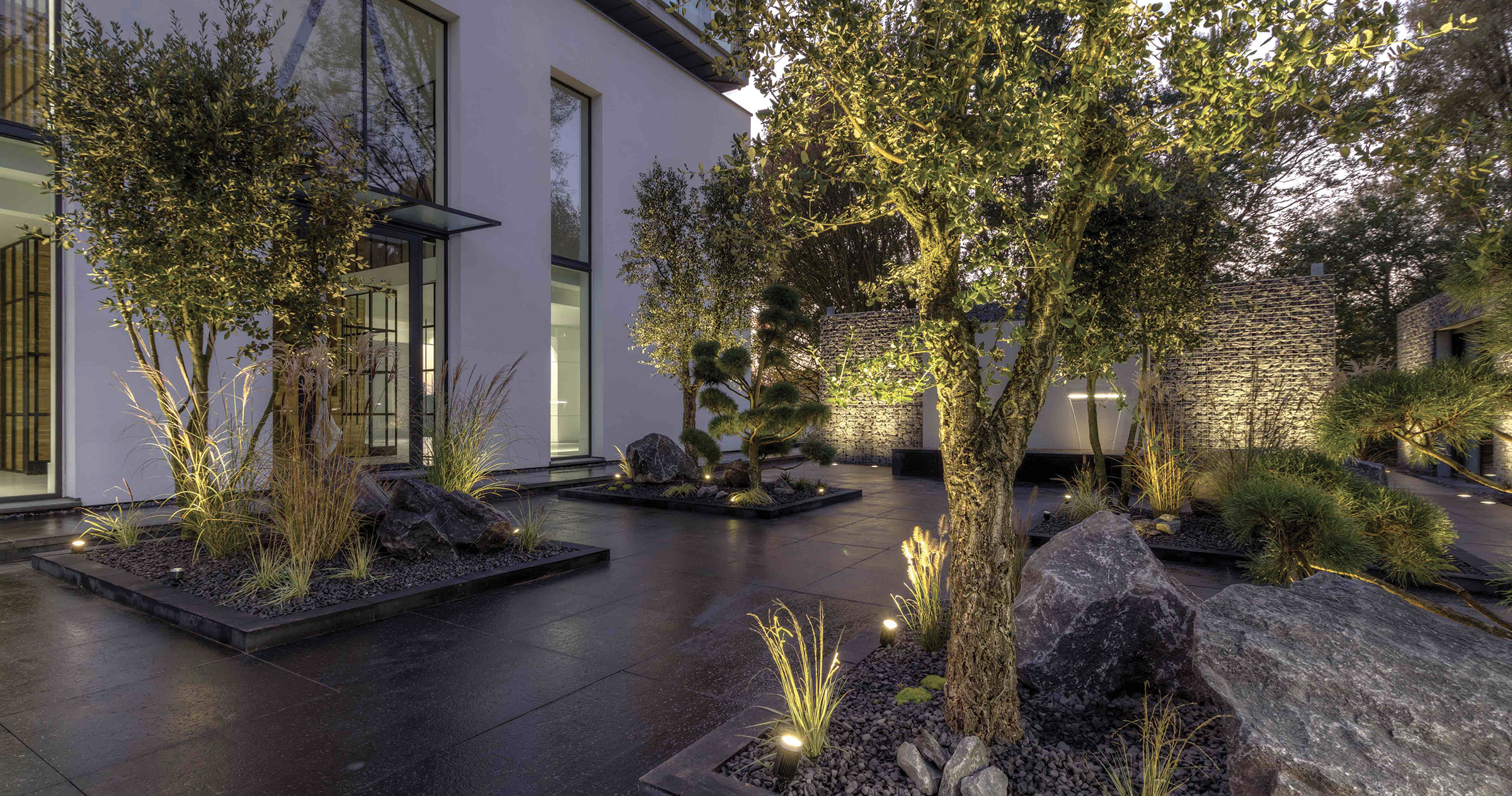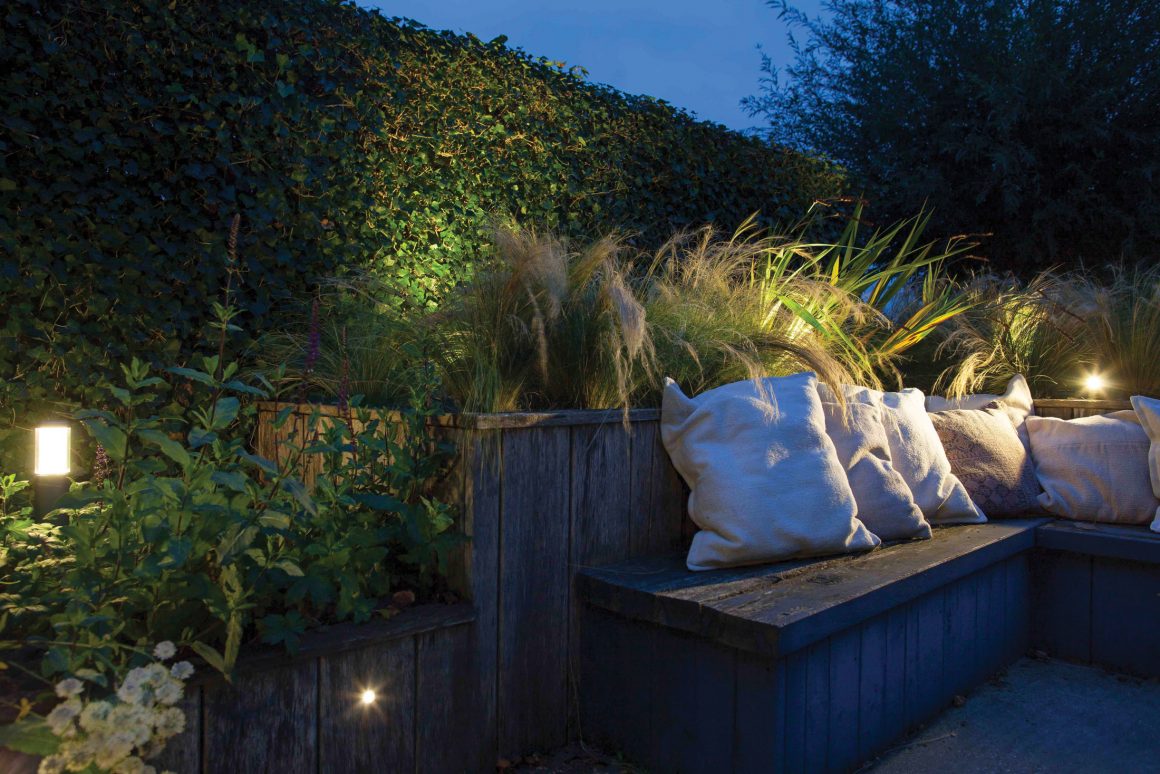
Canadians have discovered the joys of outdoor rooms. Many of us have transformed our backyards into comfortable living spaces that rival the indoors, with seating areas, patio kitchens, fireplaces and televisions. Given the importance accorded the outdoors now and the length of time homeowners spend in their outdoor rooms, it’s essential to get various design elements correct. We asked builder Rose Barroso, owner of Barroso Homes, for her input on how to light the outdoors.
Question: Rose, is outdoor lighting different from its indoor counterpart? If so, how?
Answer: While it’s generally safe to use an exterior light fixture indoors, the reverse isn’t true. You should not use indoor light fixtures outdoors in wet locations. They aren’t sealed against moisture and stop working during the first heavy rain. Moreover, they aren’t corrosion-resistant and could become an electrocution hazard if the parts that cover the electrical connections deteriorate. However, you may be able to use certain interior fixtures, which are UL-rated as “damp,” in covered porches or other outdoor areas that are shielded from the elements.
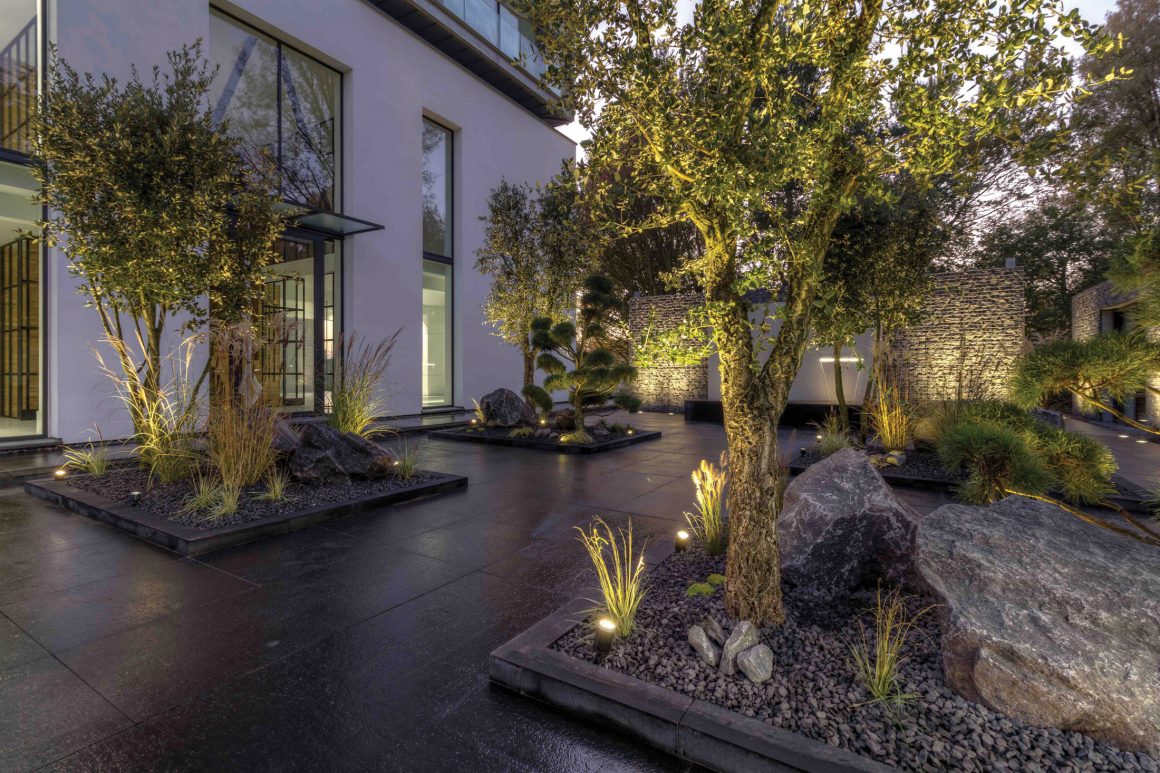
Q: Where and how should outdoor lighting be installed?
A: Lighting is not merely functional; it is a vital part of creating atmosphere and making a home feel welcoming. For example, clever use of architectural lighting produces pools of light and shadow that complement the overall aesthetic of the exterior.
The best way to start is by walking around your garden at night to understand where you want the lighting to be: a pathway, your front door, eating areas? Also, what features would you like to highlight so that you can see them from inside the house?
Use up-lighters to highlight small trees and tall feature plants. Fit down-lighters on fences and walls. Always use LEDs to save energy, and choose solar-charged lighting wherever possible.
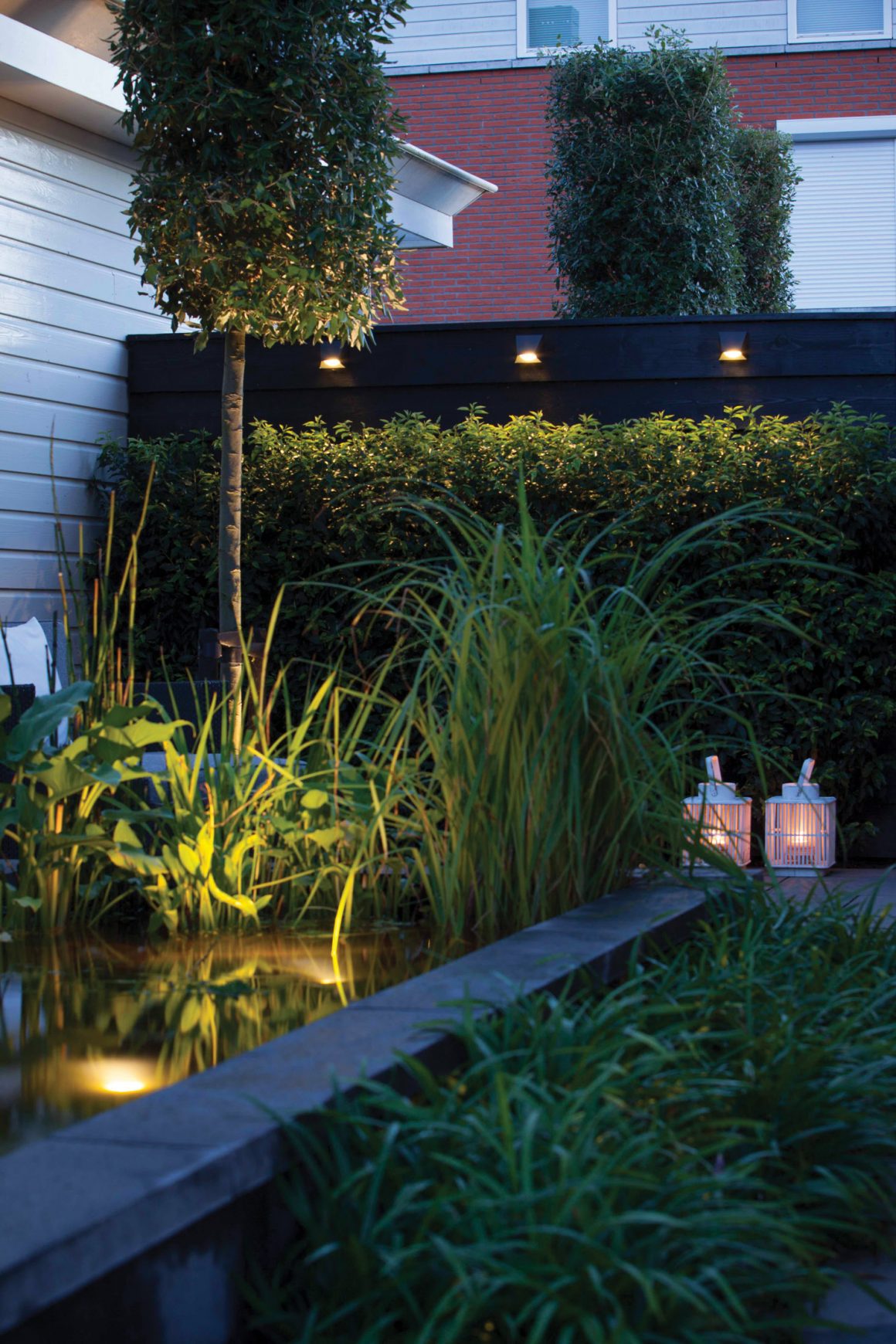
Q: As we become increasingly environmentally aware, we have become concerned about light pollution. How can we light our outdoor rooms without contributing to light pollution?
A: Light pollution happens when there is an over-saturation of light, which happens especially in cities. It can be caused by too much street lighting, business spotlighting, and electronic billboards.
In the past 20 years, we have collectively taken steps to reduce overall energy consumption, but light pollution has increased globally. It can have negative effects on our biological clocks, impeding sleep cycles and leading to sleep disorders, anxiety, and increased cranial pressure. By minimizing up-lighting in our designs, we can take steps to be Dark-Sky-Friendly.
Things to consider:
• Decide what needs to be lit.
• Determine how much light you require.
• Select fixtures that direct light where you need or want it.
• Select a bulb type and wattage that will supply you with the correct amount of light (LEDs)
• Automate your exterior lights to turn off in the middle of the night. Turn them off when they’re not needed.
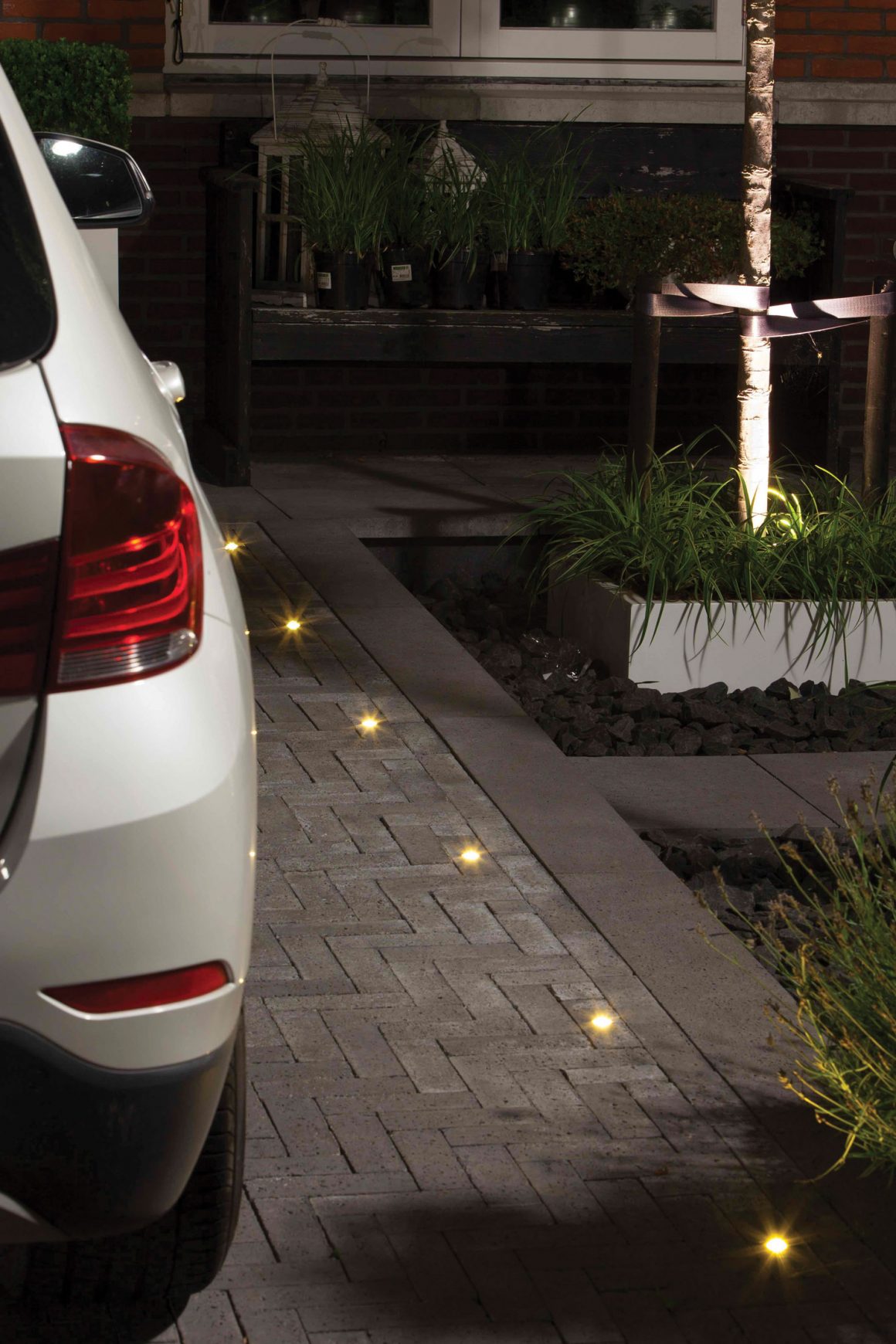
Q: What new outdoor lighting innovations are on the market?
A: I think the days of structured, simple lighting are over. Instead, imaginative lighting that blends in with and enhances a garden is the way forward.
Think about shadows, natural textures, and whimsical details to create a cozy garden.
A technological shift to LEDs has had a major impact on the outdoor-lighting market.
Colour-changing lighting offers nuances. And LED products offer better architectural integration and concealment. They also require less maintenance due to their longer-rated life and can, with controls, add seasonal-colour effects and timer capabilities.
As more energy regulations are adopted, it will become increasingly difficult to justify the use of halogen or incandescent lamps for landscape lighting. Current LED solutions – with their high-energy efficiency, low-maintenance costs, optical performance and intelligent control integration – will take over.
Moreover, as outdoor lighting fixtures become part of the Internet of Things, they will be able to be programmed to vary the light level based on projected activity, events and weather conditions to further reduce our outdoor-lighting-energy footprint.
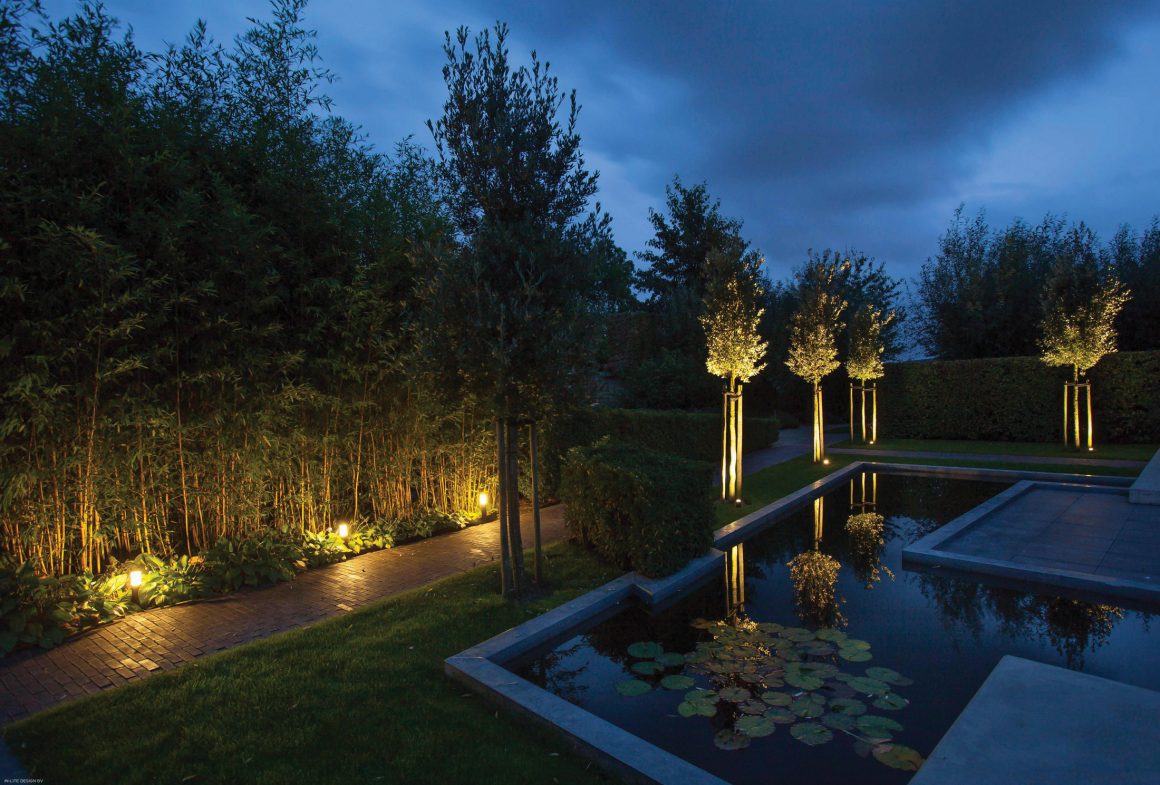
Q: How much can one expect to spend on lighting for the outdoors?
A: First, establish a budget. As with any home-improvement project, chances are you will spend a bit more than you originally intended. Entry-level systems can start at $10,000. If you wish to have a more elaborate backyard, expect the price to rise accordingly.
Second, prioritize. Decide which elements of the lighting design will be most important. Is security the main priority? Is it most important to have functional lighting for outdoor living?
Third, meet with a professional lighting designer. It’s easy to design a lighting system when there aren’t any budget restraints, but this is rarely the case. Advise your lighting designer of your budget.
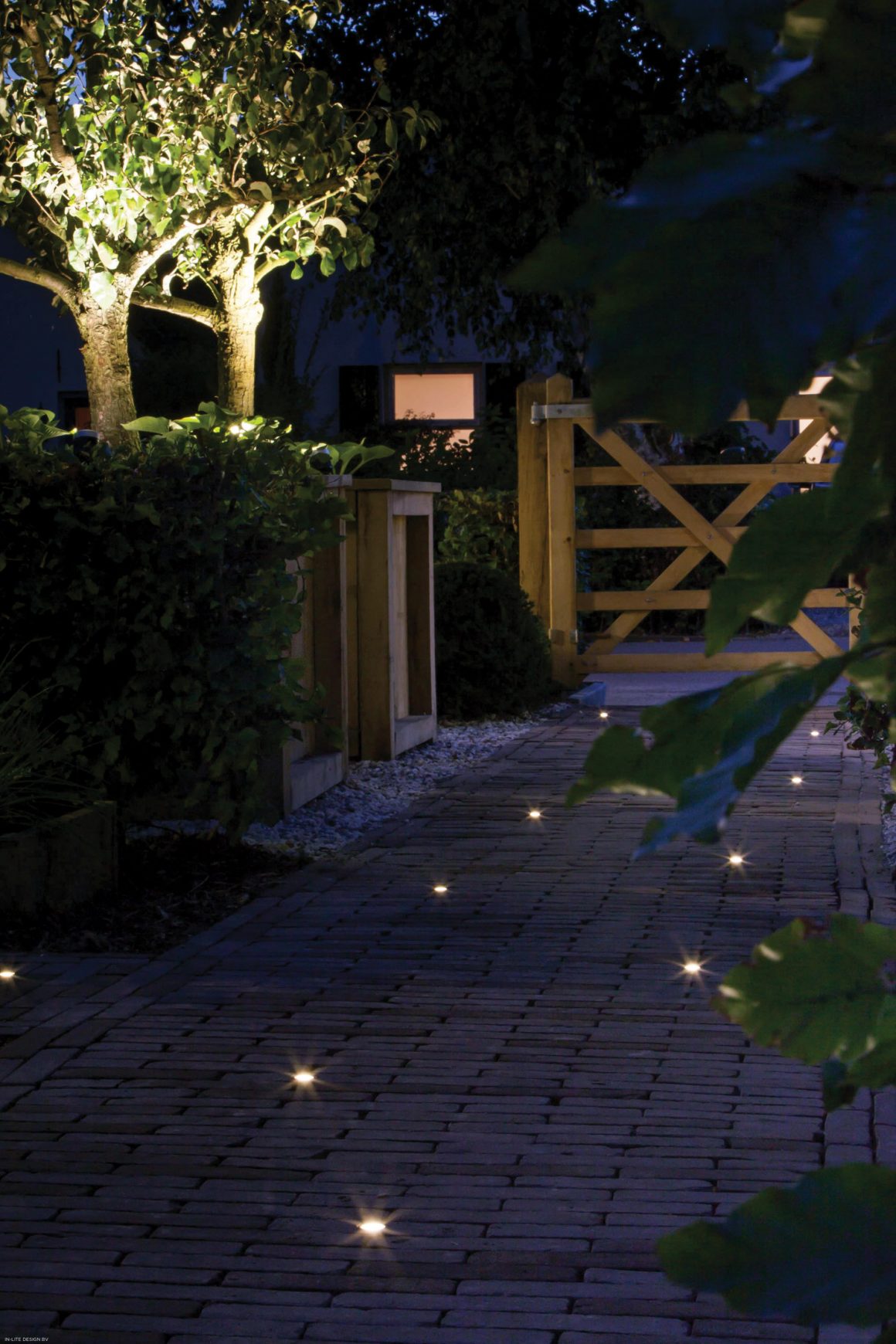
Q: Our indoor and outdoor spaces have become increasingly seamless, thanks to materials that can clad indoor floors and outdoor patios and to large accordion doors that open indoor spaces to the outdoors. How does lighting figure into this?
A: With our prime focus on our indoor lighting and decor, our gardens can often become neglected, especially during the winter.
I like the idea of up-lighting a tree, bush or topiary. The way plants glow at night and subtly illuminate the garden feels chic and glamorous, reminding me of hotel courtyards. Spike lights are fairly cheap, widely available and easy to use. Push them into the ground and point them toward the plants you want to illuminate – maximum impact with minimum input.
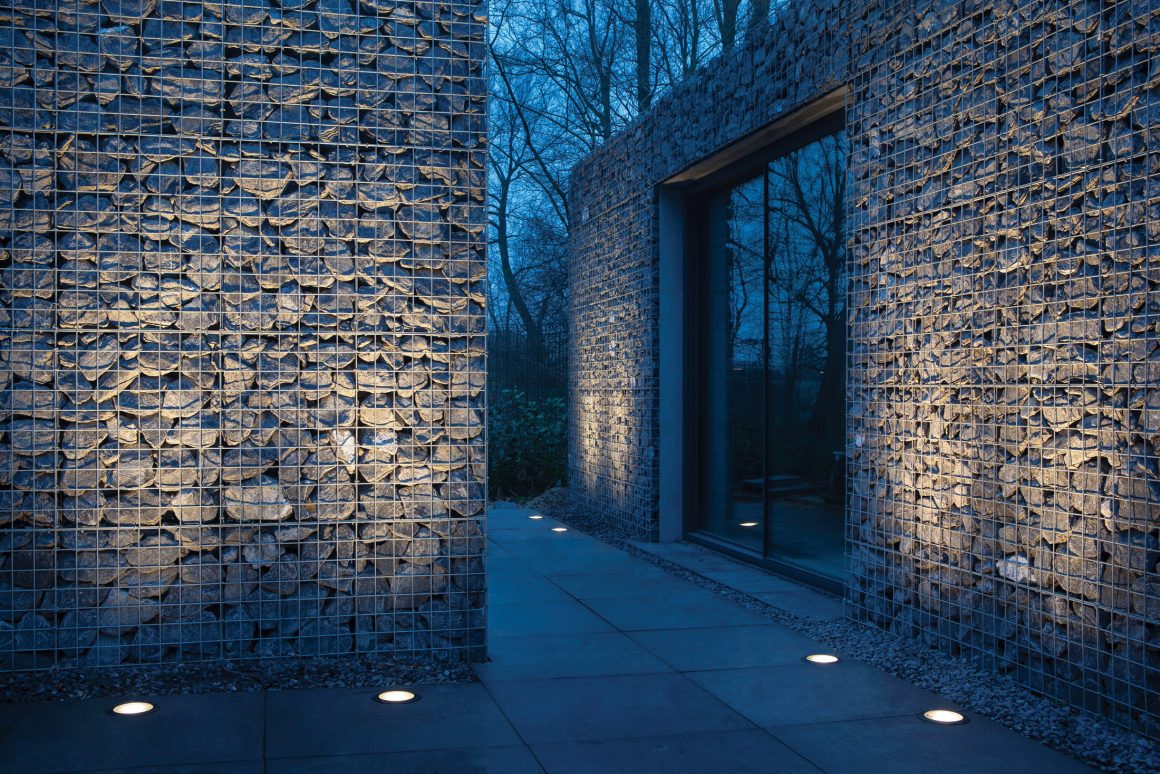
Outdoor lighting not only extends alfresco hours; its shadowy glow creates a sensuous mood that can be used to highlight features that may not be so prominent during the day. Essential for entertaining on a summer’s evening, it is certainly worth the investment. •
Barroso Homes
www.barrosohomes.com
416-723-9984
Photos courtesy of www.in-lite.ca

